
Photography is now a widespread medium but in the digital world, the importance of preserving historical images for future generations has often been overlooked.
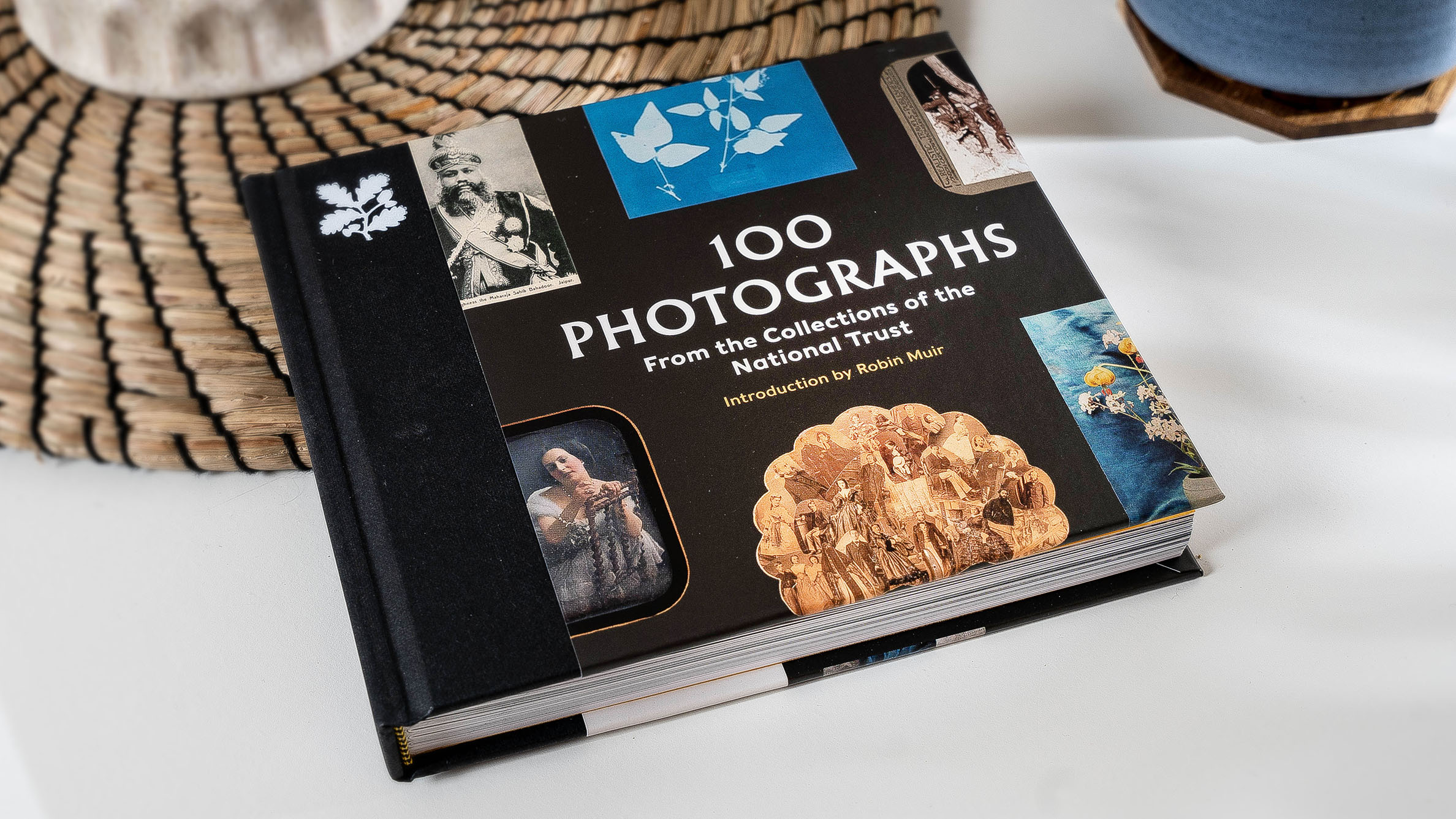
This book showcases 100 photographs selected from the many thousands held in collections at National Trust properties, spanning the history of photography from the 1840s to the present day. It includes works by well-known photographers, such as Julia Margaret Cameron, Edward Chambré Hardman, Dorothy Wilding, Angus McBean and Jane Bown, as well as remarkable images captured by lesser-known practitioners. The book is available via nationaltrust.org.uk/shop, shops at National Trust locations and other online and High Street retailers, priced £10/€12.
Although creating images hasn’t always been as easy as it is today, the invention of photography allowed people to record moments of time for eternity, offering us glimpses of life in the past.
The task of preserving this history today falls to charities such as the National Trust. Established in 1895, the Trust now looks after 250,000 hectares of countryside, 780 miles of coastline and more than 500 historic properties across England, Wales and Northern Ireland; including their history, art and photographic collections.
To bring these historical photographs to a wider audience, the National Trust has partnered with CEWE, Europe’s market leader in photographic books. With decades of experience in bringing memories to life, CEWE shares the National Trust’s values of conservation of resources and environmental protection. We talked to Anna Sparham of the National Trust and Petra Felgen from CEWE to find out about the book and the partnership…
Interview
Hi Anna, what was the inspiration behind curating this collection of 100 images from the National Trust?
Anna: Interestingly, the National Trust has only had a National Curator of Photography post since 2019 and I’m the second person to take that on. The photography collection has been somewhat sidelined in terms of expert curation, so the inspiration behind creating the book was to raise the profile of the collection by showcasing some compelling images and the research that has been done in the past, as well as new research I’ve done.
The book is an introduction to the half a million photos we hold. Even though it only includes 100 images, it’s all about raising awareness and allowing people to associate the National Trust with photography, which is not commonly known. Furthermore, the book aims to increase the potential for engagement both internally and externally. The Trust is a vast organisation, with many properties and staff members, so it’s important to raise awareness internally. This will facilitate future activities, such as publishing or displaying collections for in-person engagement.
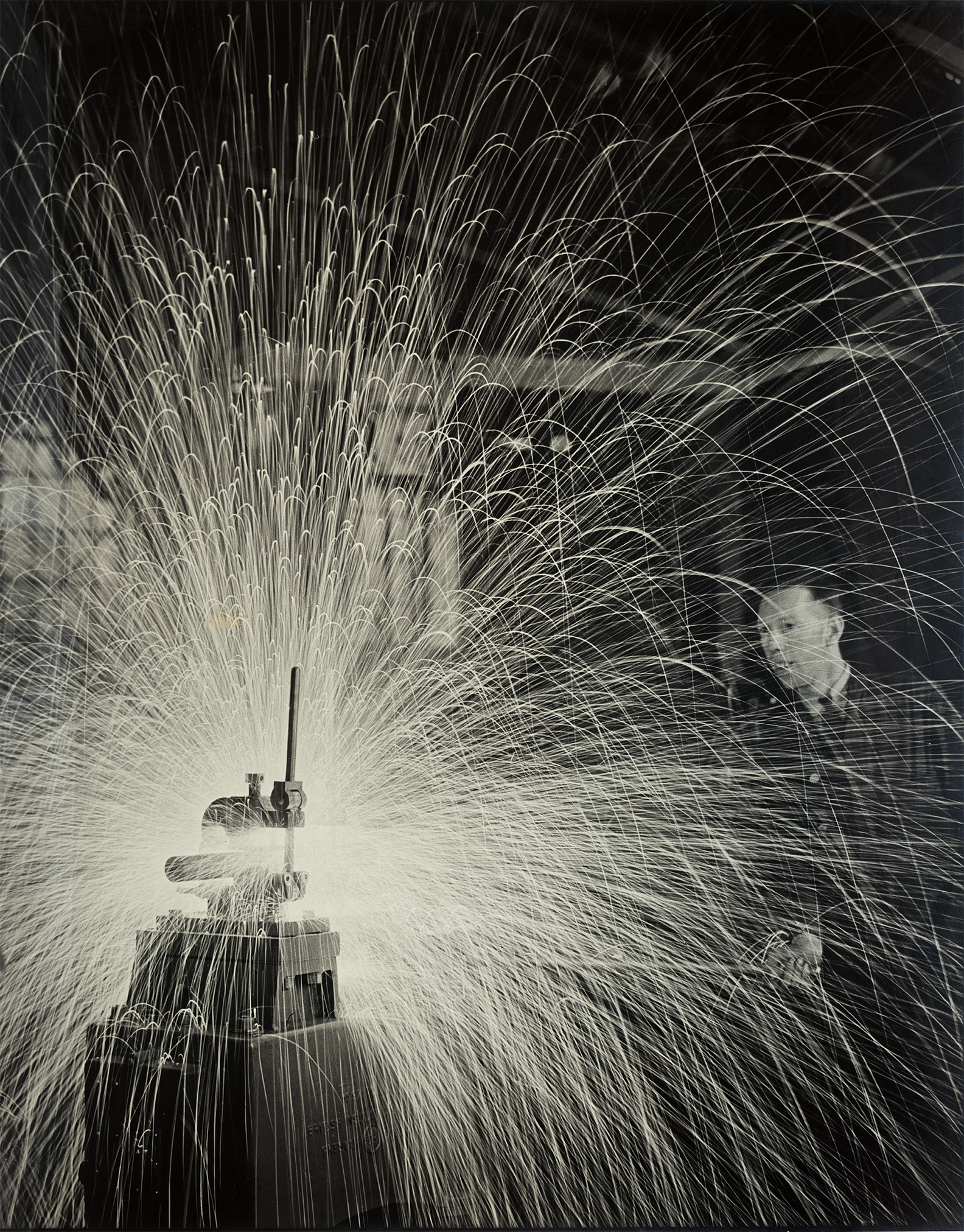
So Petra, how did the partnership between CEWE and the National Trust come together for this project?
Petra: When I moved to the UK, I began visiting National Trust estates and was thrilled by what I saw. As Anna mentioned, I also had no idea about the extensive photography collection that the National Trust possessed. Whenever I visited the estates, I saw that all the visitors were taking photos – and, as the managing director of CEWE, I thought to myself, ‘That is our target group!’
I read about the Trust’s various sustainability programs, which align with our values at CEWE. We organized volunteering activities for our employees, focusing on sustainability, and discussed with colleagues from the National Trust. During this time, we met Anna, who introduced us to the photography aspect of the National Trust. As we exchanged thoughts and ideas for about a year, our excitement grew. Our values and ideas were in sync and we came up with an amazing partnership.
What kind of historical or cultural significance do these photographs hold within the context of the National Trust’s mission and heritage conservation efforts?
Anna: Generally speaking, the collections of the National Trust are unique in that they are embedded in the properties themselves, where they are also associated with the people who originally owned them. That’s unlike many museums, where collections are sourced from various places and for various reasons. This allows the National Trust to share stories and narratives in greater depth, inspiring people through the knowledge to potentially help bring the places and history to life.
The mission is to conserve heritage but there are lots of challenges in preserving photographs. Many of these photographs are over 100 years old and so are fragile and vulnerable and, therefore, require special measures to preserve them. The book and essays shed light on the context of these conservation measures and why some of the photographs may not always be on display.
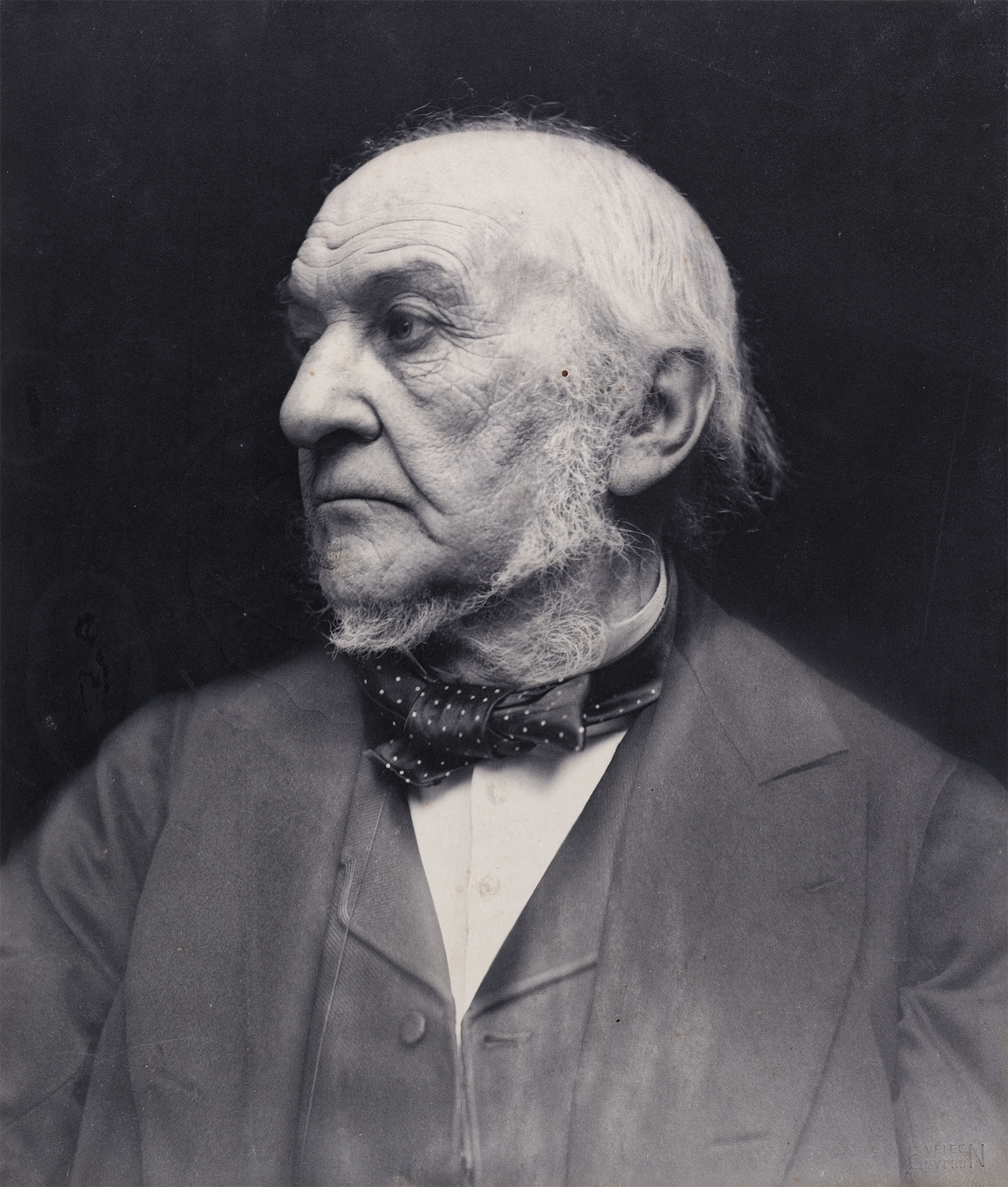
What criteria did you use to select the photographs included in this book?
Anna: We wanted to represent a time frame from the 1840s to the present day and provide a geographical spread of the Trust’s properties across England, Wales and Northern Ireland. Each image needed to stand alone and be eye-catching with a real visual appeal. My natural kind of approach to exhibitions in the past and books like this is to ensure that there is real diversity. This was key to making the book as representative of the collection as possible, which included looking at the makers and why they created these photos. I wanted to get this across in the text as well as make sure that there were elements of surprise.
We had to keep in mind that our target audience wasn’t a specialist one and so we aimed to make the collection accessible to a wider audience. We believe that everyone has a connection to photography in some way or another – photography is a universal interest and our content will resonate with people who are passionate about photography as well as those who simply snap pictures with their phones to record memories.
Petra: When I saw the book, I found it fascinating to discover that the feelings and stories people tell through their photos have remained fairly constant through the centuries right until today. It’s always something close to people’s hearts, such as family moments, travels and other special moments. People want to share their own stories, and the book captures that essence perfectly.
Were there any specific challenges that you had to overcome during the curation process?
Anna: Yes, there were some physical challenges… as the collection is not as well researched and documented as others, some descriptions in the catalog database were particularly thin. I needed to physically travel to the properties to research and gather more information. The expertise lies in joining the dots; finding images that carry meaningful stories and have something to say.
In some cases, I didn’t know the stories behind the images until I’d done the digging. From a curatorial perspective, it can sometimes be challenging to edit and select photographs that balance an interesting story with visually striking aspects, while also ensuring that you have a good geographical and genre coverage. There are many images that I could have chosen from a certain period, particularly the late 19th or early 20th century. However, with limited space available and the timeframe in mind, I needed to also find strong photos from later periods.
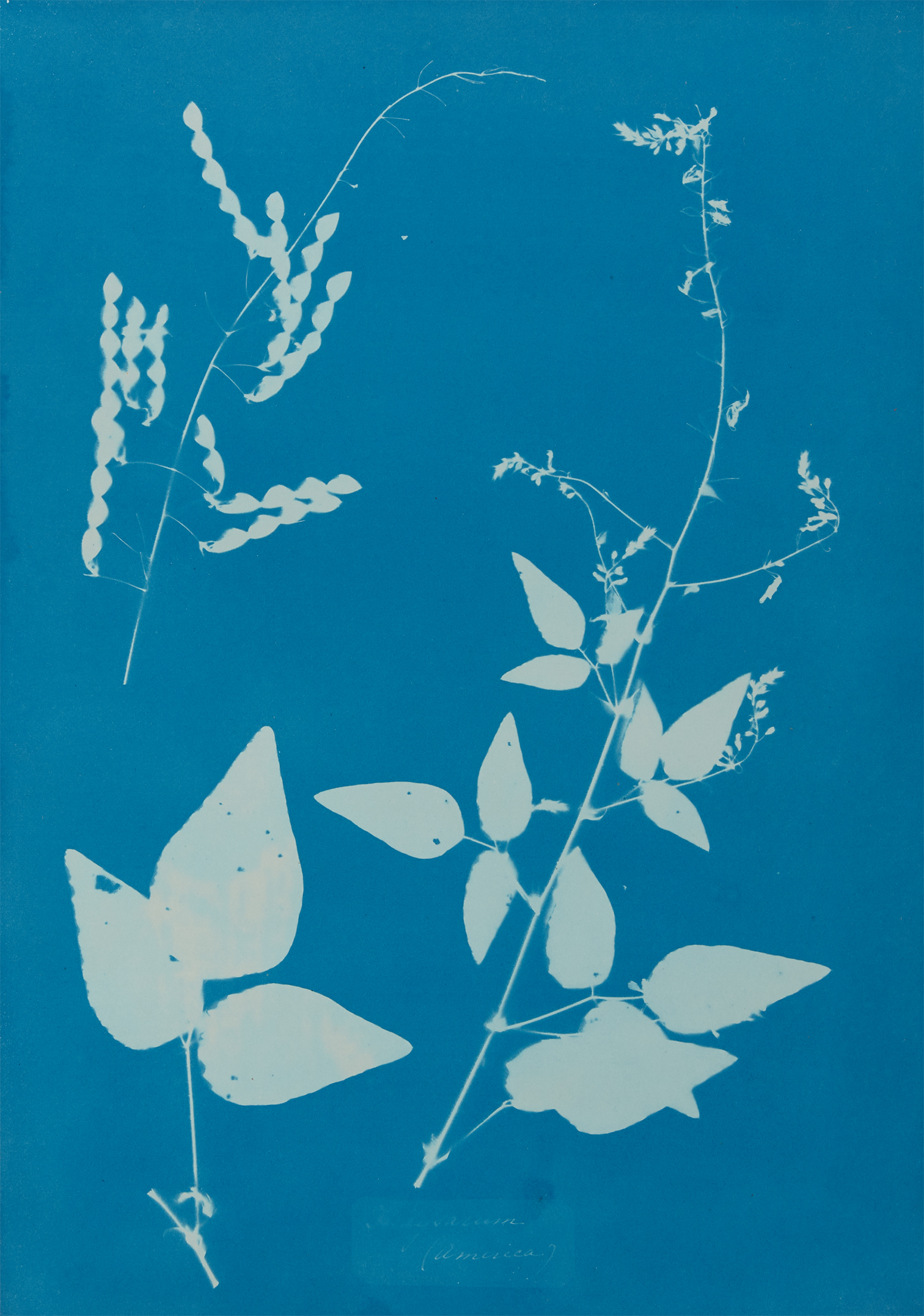
How does CEWE’s involvement help the National Trust to preserve and promote our cultural heritage?
Anna: It emphasizes the importance of being relatable. By creating a strong connection between the book and the collection, and linking various common factors, just as Petra explained in the beginning. It’s not only about bringing collections and places to life but also about recognizing that the topics photography covers haven’t changed much over time. It is about making these relatable points and promoting history in a relevant way.
Many of the photographs in the book come from albums. I had the privilege of browsing through many of these and discovering photos associated with common interests in this day and age. There is a direct connection between those carefully crafted photo albums, cherished and looked after for many years, and the photo books that CEWE produces.
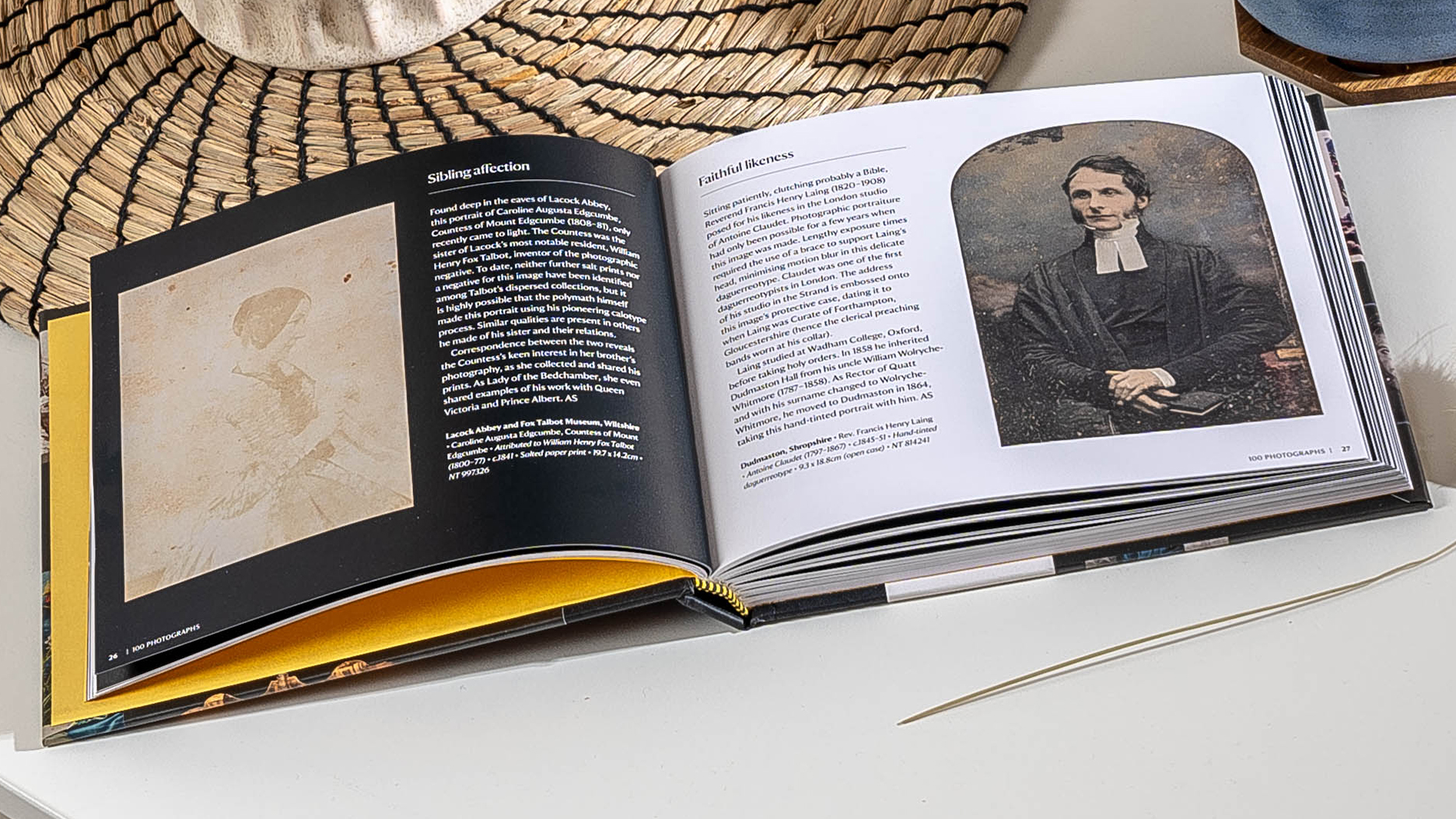
Petra: We feel a close connection, not only to the products we produce but also to the entire topic of photography. The industry struggled with the digital transformation, which brought about a significant shift and unfortunately, some companies, such as Kodak, which had previously been synonymous with photography, did not survive. However, the development of mobile phones and social media platforms has created a new love for photography. People no longer feel the need to print their photos because they can easily share them on WhatsApp, Instagram and other platforms.
Although people admit to having forgotten most of the photos they have taken, they still value the importance of capturing memories. It’s just that they’d never think of sitting down with their loved ones and flipping through their mobile phones to relive past events. We believe that by keeping the interest in photography alive and showcasing collections, like the one of the National Trust, we can share memories across generations. It’s far more emotional to have something tangible to share and old photo albums are the perfect example.
The Victorian albums are delicate and you can see how many people have already looked at them over the years. It’s something valuable that can be shared with generations to come.
Anna: Definitely. The idea is to not only encourage people to take photos and make connections but also to print them and preserve those memories in a tangible form. Many of us complain about having countless pictures but never taking the time to print them. This collaboration also may inspire and motivate people to print photos and hold on to those precious memories in a physical way.
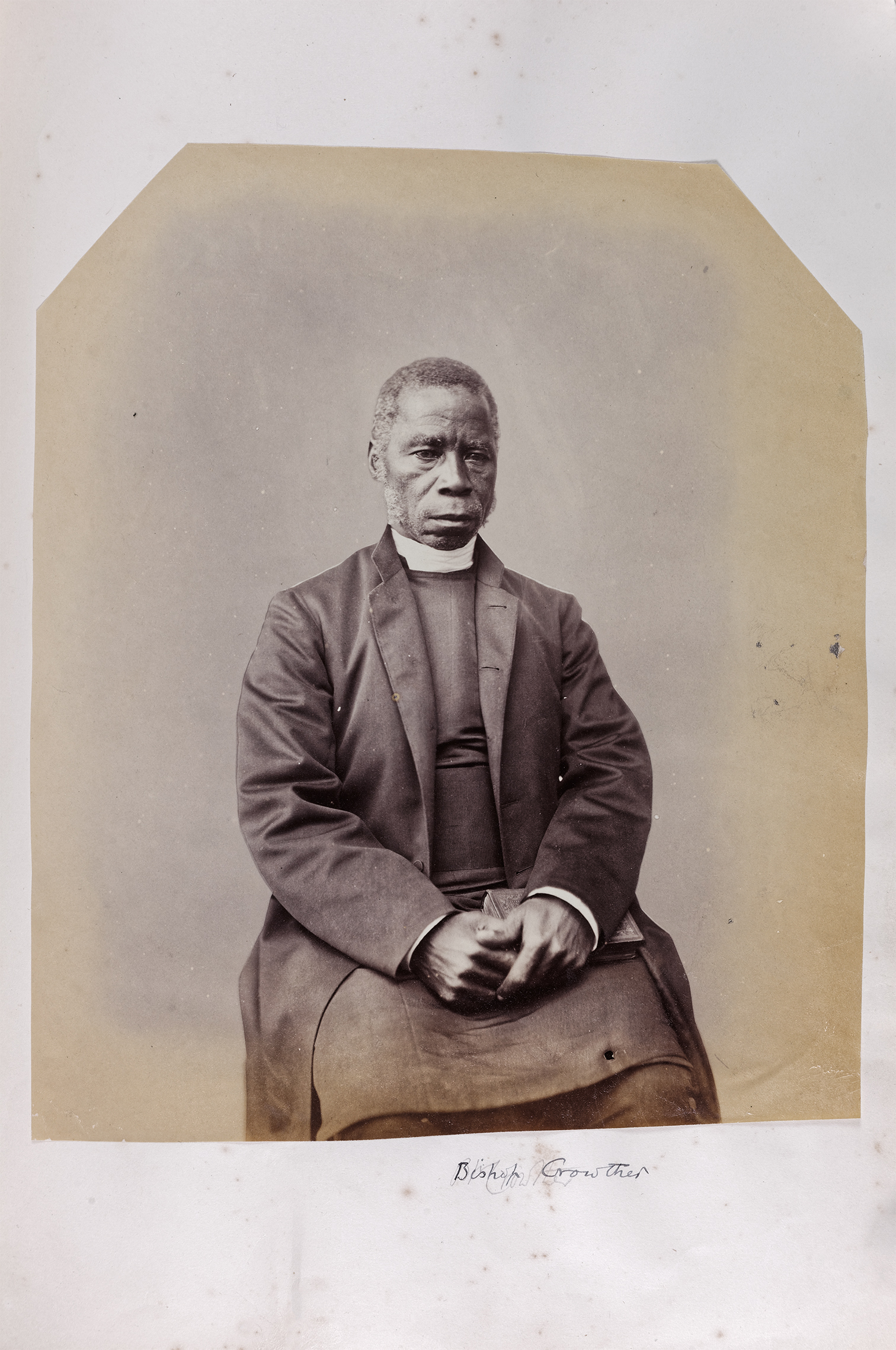
Are there any standout or memorable photographs in '100 Photos' that you would like to highlight?
Anna: I think it’s discovering the little things in images that make them stick for me. For example, I came across an album called ‘Photographs of Great Victorians and Trevelyans of Wallington’. While I was going through this album, I found a portrait of Samuel Ajayi Crowther, a formerly enslaved African who became the first Bishop of West Africa. I was struck by the strength of his portrait. The Hardman collection is also close to my heart, and I’ve done a lot of work with them up in Liverpool.
I also discovered a series of four early photo booth portraits, which were loose in a box at Scotney Castle, near Tunbridge Wells. I don’t think they’d been cataloged at that time. They are from the late 1920s to early 1930s and are instantly familiar. We’ve all had our pictures taken in a photo booth and I love the immediacy of it.
Also, I wanted to bring a good balance of women photographers into the book, including a portrait of William Ewart Gladstone by Eveleen Myers, which is crisp and striking. Anna Atkins was one of the earliest female photographers in the world and her impressive cyanotype work is still used as inspiration for alternative, sustainable processes today.
Petra: One of my favorite photographs is ‘Lord Compton’s family portrait’. I love how typical it is – the kids aren’t interested in having their photo taken and they’re doing their own thing. One looks miserable, the other looks ahead. It’s interesting to see how family portraits have changed over the years, while also remaining the same. An image that surprised me is titled ‘The Supernatural Sisters’, which shows that, even back in Victorian times, they were experimenting with photography. It’s amazing to see what the sisters were able to accomplish without the technology we have today.
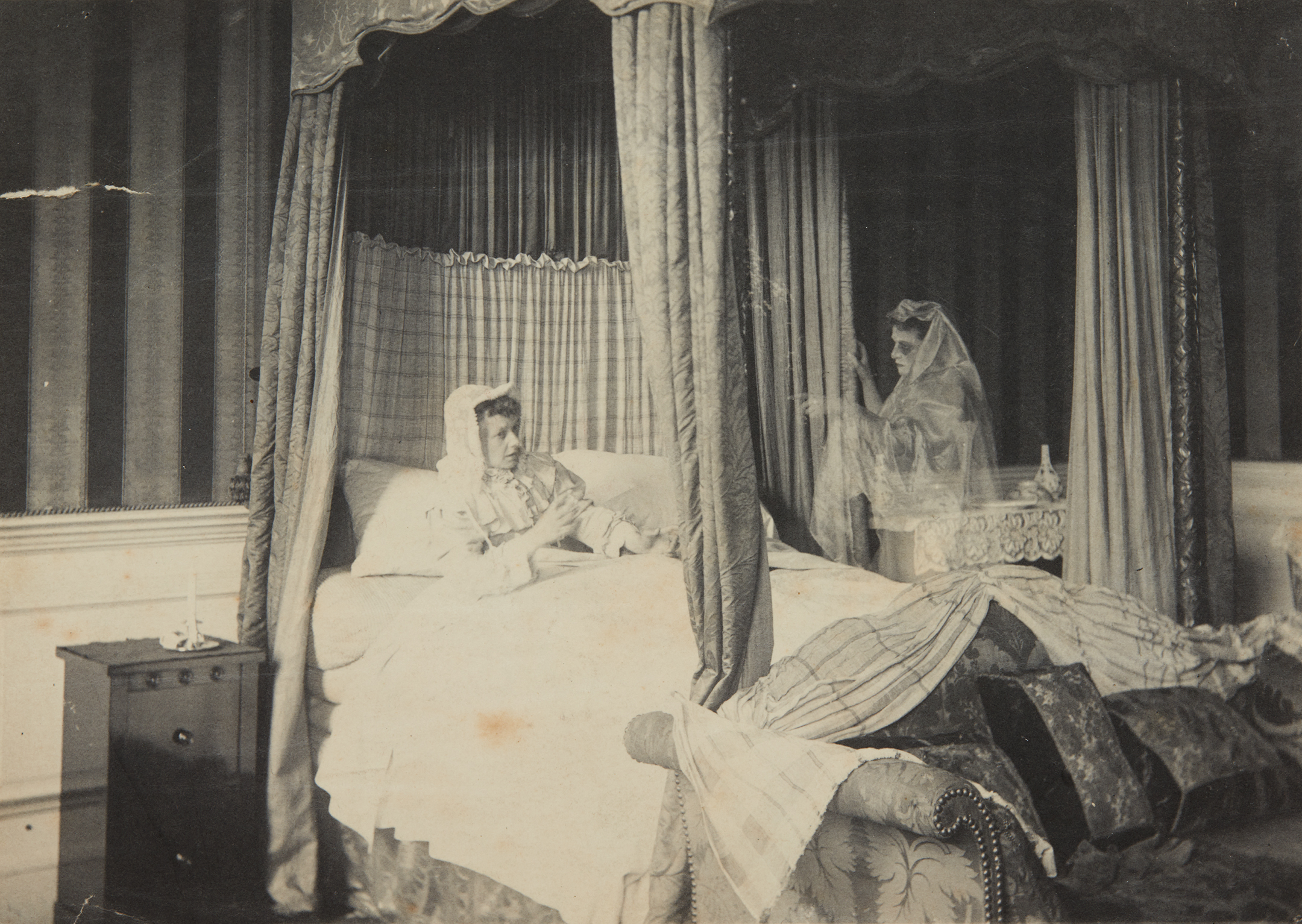
Anna, you mentioned the importance of balancing male and female photographers. Was it difficult to find many female photographers throughout the centuries?
Anna: It would have been difficult if I was determined to get a 50/50 gender balance. There were a lot of women who took up photography professionally in the late 19th and early 20th centuries. Many of them set up studios, creating a flurry of women photographers at that time. I couldn’t include each of them because their styles and dates might be too similar, so I had to be selective. We have around a quarter of the photographs in the book made by women, but there are many more beyond them. However, I didn’t want to include them just because they were women. Certainly, contemporary female photographers cover fields and areas that are of real interest and connection to the National Trust. For example, Ellen Carey’s experimental work. Even if women sometimes were not behind the lens, they would often be heavily involved in the creation process.
Petra: I find Anna’s comments interesting and it’s fascinating to see the parallel version of this today. You do see the stereotypes, such as men carrying big cameras and lenses. However, when it comes to our customers who create products with a keen eye for detail, we find that the majority of them are women.
Anna: Yes, stereotypes are there and this collection makes us learn so much more. I’m new to the Trust as well, so this introduction to its collection is not only for everyone but also for me – it triggered this level of extensive research I wanted to do. Women in photography have always played a significant part throughout my career. Understanding more, to recognize the stereotypes and to challenge them – there is so much to dig out.
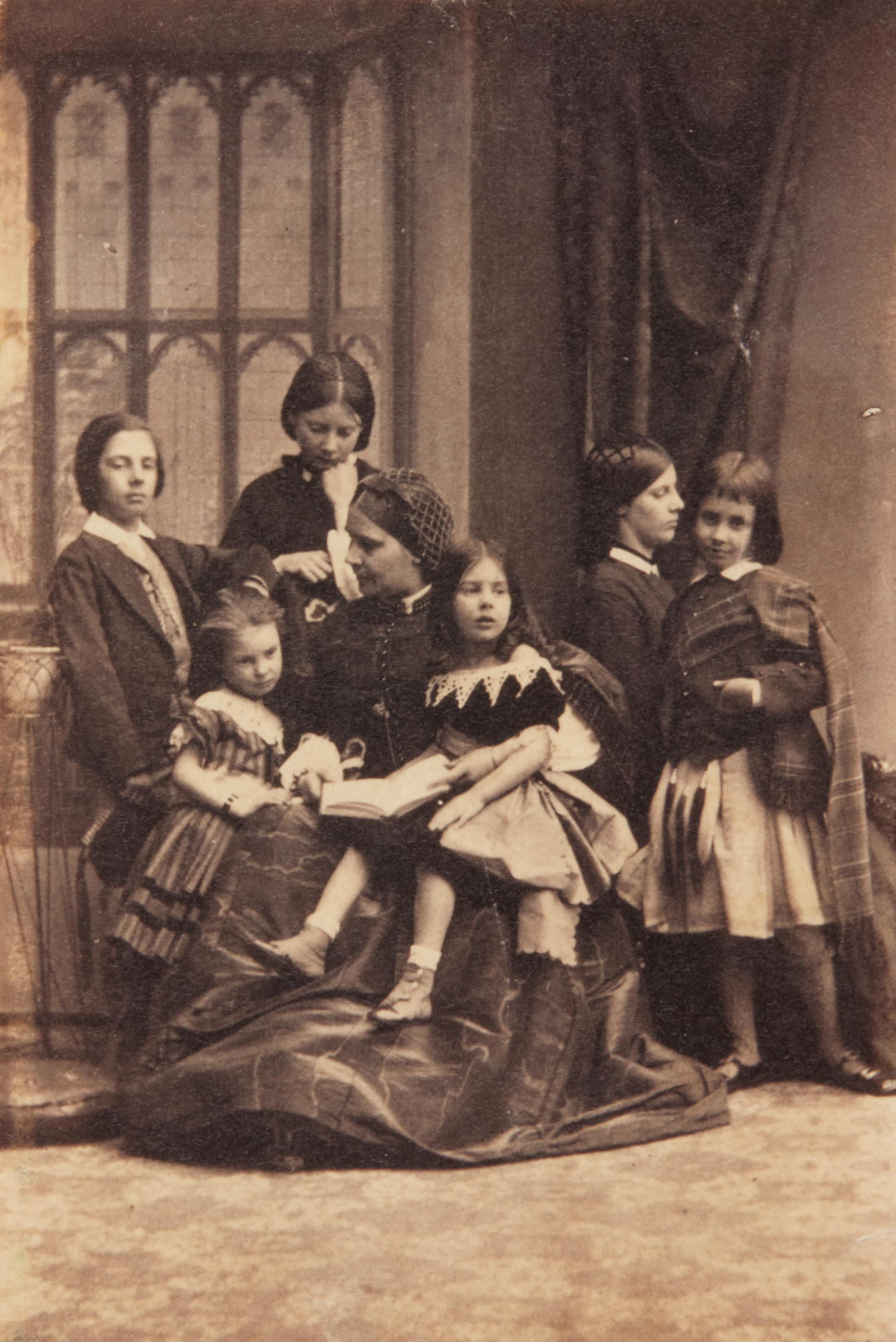
What’s next for the partnership... do you have any plans in place to strengthen the relationship between CEWE and the National Trust throughout the year?
Anna: We plan to print reproduction images for some displays at certain properties that are featured in the book. This will provide a unique opportunity to compare the photograph in the book with the original and the reproduction. As sustainability is a key factor for both of us, the book is printed on FSC-certified paper. For some of the displays, we have the opportunity to work with different paper types, including recycled paper from CEWE. Going forward, CEWE will support us in getting selected albums conserved and digitized offering new photographs, and there will be engagement opportunities too. One of them is the ‘Blossom Watch’, which recently started.
Petra: Yes, following those long, dark winter months, spring has finally arrived and seeing and capturing blossoms is a favorite thing for many people. When they see something beautiful while exploring the Trust’s estates and they naturally take photos – the idea is to encourage them to print the image so that they have something tangible to admire and share. Therefore, we are accompanying that campaign with events where people can print their photos instantly at CEWE photo stations or nearby stores. This is just one of many campaigns and there are more to come…







